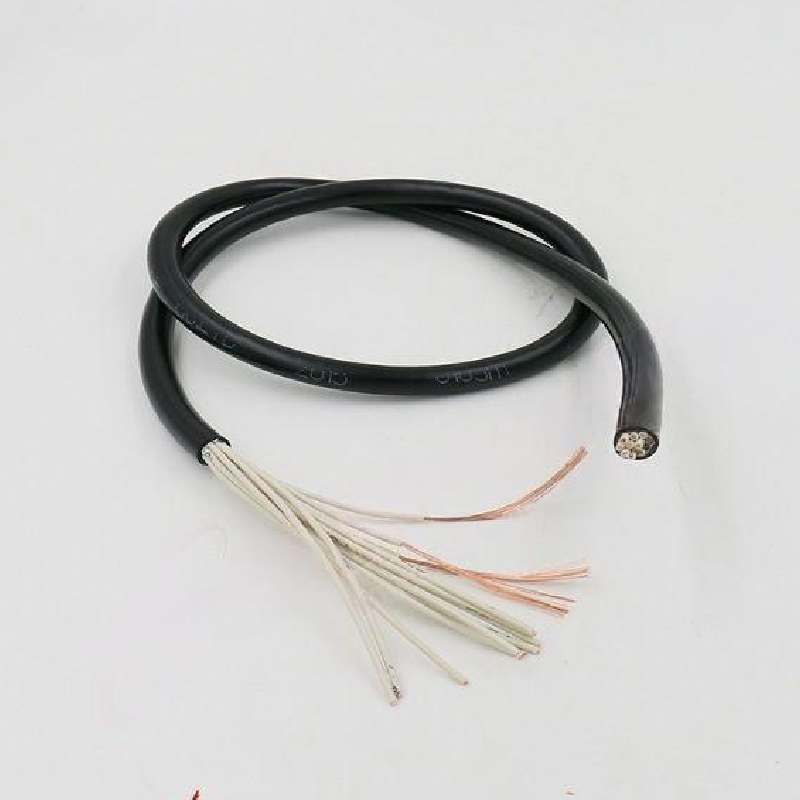Januari . 01, 2025 02:31 Back to list
Understanding the Functionality and Applications of Foot Check Valves in Fluid Systems
Understanding Foot Check Valves A Key Component in Fluid Systems
Foot check valves, also known as foot valves or check foot valves, play a crucial role in fluid systems, particularly in water pumping applications. These devices are designed to prevent backflow, ensuring that the liquid flows in one direction only. They are typically installed at the bottom of a suction line, submerging in the fluid source when used in applications such as wells, ponds, or tanks. This article delves into the functionality, benefits, and applications of foot check valves.
Functionality of Foot Check Valves
The primary function of a foot check valve is to maintain the direction of fluid flow while preventing the fluid from returning back into the source when the pump is not in operation. This is particularly important in systems where maintaining a prime is critical. The valve operates automatically through the pressure differential created by the fluid flow and gravity.
When the pump is operational, the pressure in the line opens the foot valve, allowing fluid to flow into the pump. Once the pump is turned off, gravity causes the valve’s internal mechanism, usually a disc or ball, to seal tightly against the seat. This closure prevents the backflow of water into the source, maintaining the prime within the pump and ensuring smooth operations whenever the pump is restarted.
Benefits of Using Foot Check Valves
1. Prevention of Backflow The main advantage is its ability to prevent backflow, which can lead to loss of prime and potential damage to pump systems. By preventing water from returning to the source, these valves help maintain system efficiency.
foot check valve

2. Ease of Installation Foot check valves are relatively easy to install within existing systems. Typically, they are simply placed at the end of the suction line, making them accessible for maintenance and replacement when needed.
3. Versatile Applications Foot check valves can be used in various applications beyond just water pumping. They find use in irrigation systems, drainage applications, and even industrial processes, highlighting their versatility in managing fluid dynamics.
4. Durability and Reliability Made from materials resistant to corrosion and wear, foot check valves are built to last. Their simplicity in design contributes to their reliability, minimizing the need for constant maintenance or replacement.
Common Applications
Foot check valves are commonly employed in several scenarios. In residential water pumping systems, they ensure that water does not flow back into the well, which is vital for effective water retrieval. In agricultural irrigation, they help maintain consistent water supply to crops, thereby enhancing productivity. Additionally, in industrial processes, such valves help manage the flow of various fluids, contributing to efficient system operations.
In conclusion, foot check valves are an essential component in many fluid systems, providing critical functionality that ensures efficiency and reliability. Their ability to prevent backflow makes them invaluable, particularly in applications where maintaining prime is crucial. With their ease of installation, versatility, and robust construction, foot check valves continue to be a preferred choice for engineers and operators in various industries. As technology evolves, these valves will likely see enhancements that improve their efficiency and application range even further, solidifying their importance in fluid management systems.
Share
-
Reliable Wafer Type Butterfly Valves for Every IndustryNewsJul.25,2025
-
Reliable Flow Control Begins with the Right Ball Check ValveNewsJul.25,2025
-
Precision Flow Control Starts with Quality ValvesNewsJul.25,2025
-
Industrial Flow Control ReliabilityNewsJul.25,2025
-
Engineered for Efficiency Gate Valves That Power Industrial PerformanceNewsJul.25,2025
-
Empowering Infrastructure Through Quality ManufacturingNewsJul.25,2025